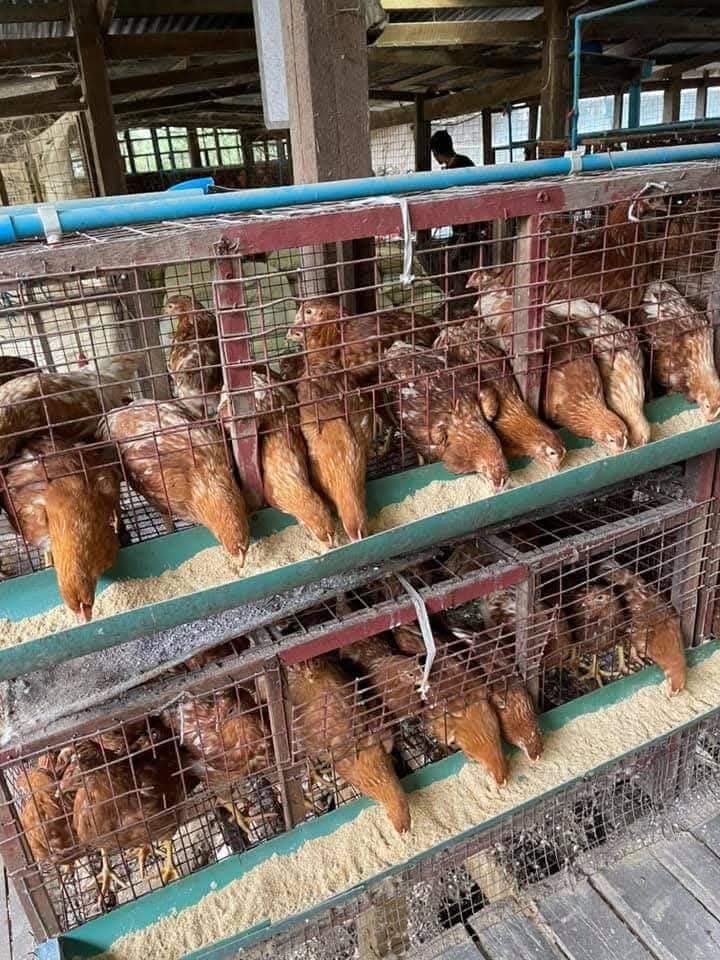The production of indigenous chicken breeds is on the rise in Upper Myanmar, thanks to higher prices and better demand for these products.
A report by from state newspaper, Global New Light of Myanmar, quoted a local chicken trader and breeder saying that consumers are interested and prices are good in towns like Taunggyi, Kengtung, and Myitkyina.
Flexible rearing practices and feeding options
Raising native breeds typically takes between 2.5–4 months. One key advantage is that unsold chickens can still be kept and raised without major losses.
The trader noted that these chickens are known as local, indigenous, or Bamar chickens. Their meat is more tender when harvested at a younger age. Growth also depends on the type of feed. With commercial feed, the birds are ready for market in 2.5–3 months.
With home mixed feed, production takes closer to four months. This type of feed may include ingredients like paddy, rice, broken rice, rice bran, cooked rice, green feed, bean meal cake, and local plants such as silk leaves, boscai leaves, water spinach, and water hyacinth.
Sector expansion signals strength
The rise in chicken breeding reflects broader trends in Myanmar’s poultry sector. According to Report Linker, the country’s poultry production is projected to reach 2.37 million tons by 2028, up from an estimated 2.07 million tons in 2023. The represents an annual growth rate of 2.2%.
It also noted that since 1966, Myanmar’s poultry supply has grown at an average of 3.3% annually, highlighting the sector’s robustness and its vital role in the country’s economy.

